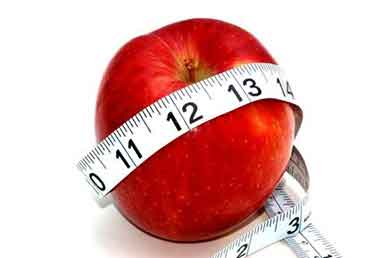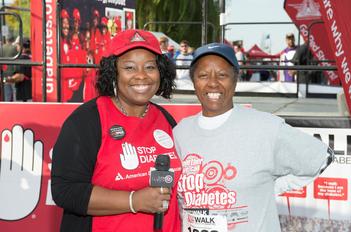PREVENT DIABETES LIFESTYLE TIPS
Making changes may seem tough. But remember, even a small amount of weight loss can usually help prevent type 2 diabetes. While not everyone will be able to fully reverse prediabetes depending on risk factors, most people will be able to lower their risk through physical activity and healthier eating habits. If you can't join a diabetes prevention program right now, there are some things you can do in the meantime to lower your risk for type 2 diabetes. These are the kinds of tips you’ll receive through the program. So read away!






